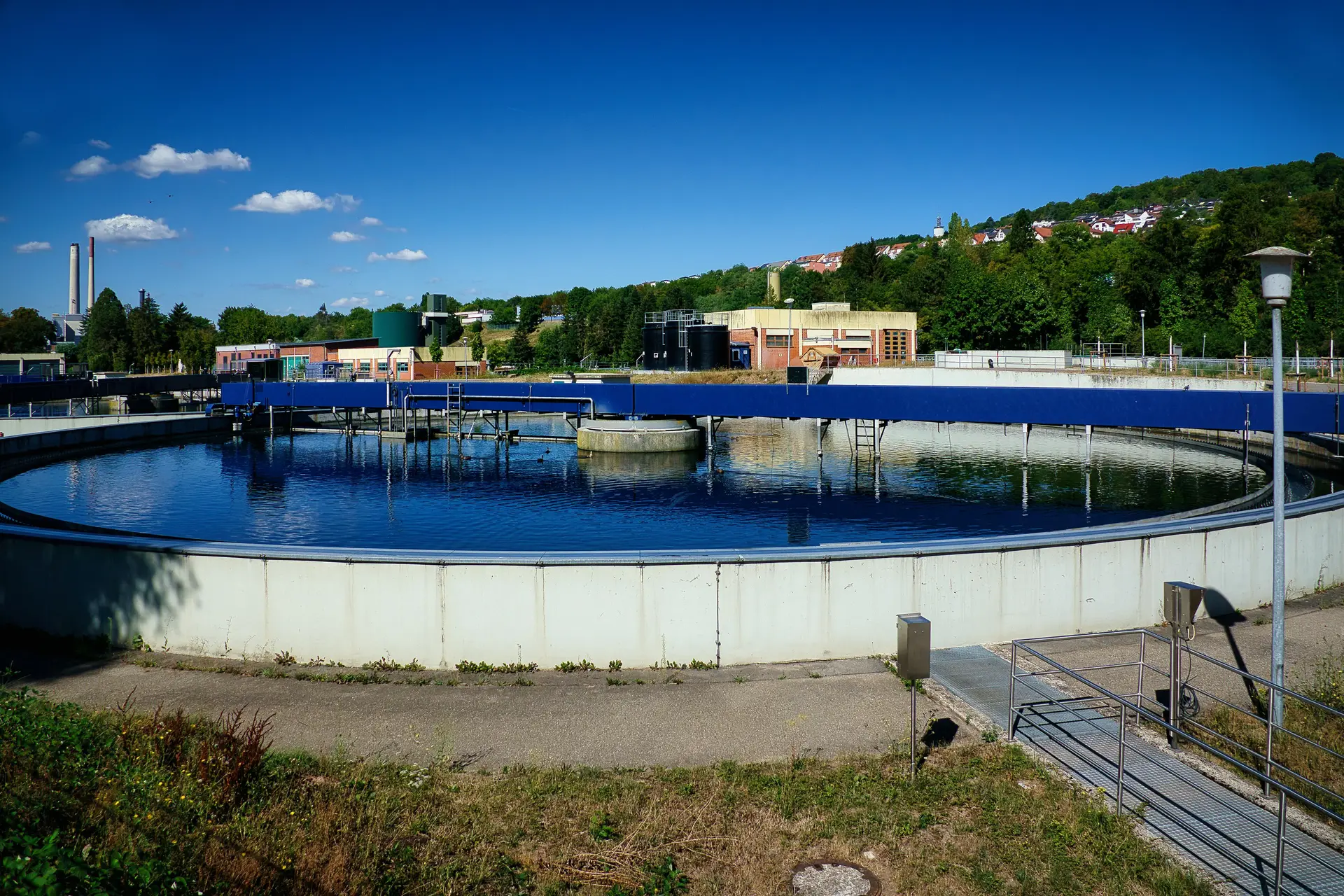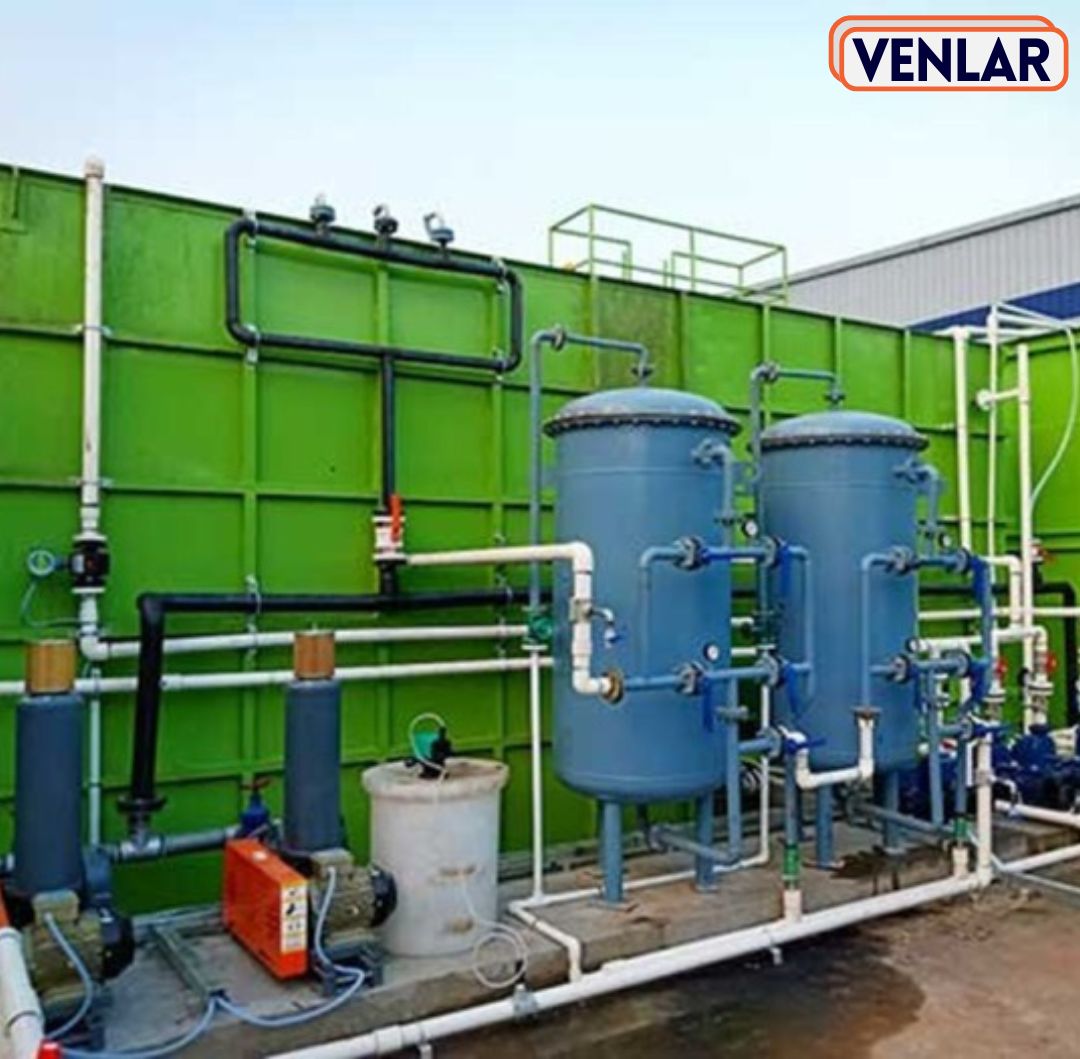Introduction
Imagine a world where every drop of water is precious and every resource is optimally used. Sewage treatment plants (STPs) make this vision a reality by transforming wastewater into reusable water. In India, where water scarcity is a growing concern, these plants are not just a luxury—they’re a necessity. In this article, we explore how STPs work, the different processes involved, and the benefits they bring to our communities and environment.
Understanding Sewage and Wastewater
Composition of Sewage
Sewage is mostly water—about 99.9%—with the remaining 0.1% made up of impurities. These impurities include organic waste from households, suspended solids like food particles and dirt, and microorganisms that can pose health risks. Despite being mostly clean, the small percentage of contaminants can have a big impact if left untreated.
Common Impurities in Wastewater
Ever wondered what makes water “dirty”? The key players are:
Understanding these components is the first step to appreciating how treatment plants work to clean our water.
Stages of STP:
Primary Treatment: Removing Large Contaminants
Before water can be purified, it needs to get rid of the big, obvious stuff.
Screen Chamber and Oil/Grease Trap
The first line of defense is a screening process. Large debris like plastics, paper, and other non-degradable items are filtered out. An oil/grease trap then removes floating oils, ensuring they don’t interfere with later treatment stages.
Equalization Tank
Next comes the equalization tank—a kind of waiting room for wastewater. Here, the flow is balanced to prevent shock loads from overwhelming the treatment process. It’s like giving the water a moment to settle before undergoing further treatment.
Secondary Treatment: Breaking Down Organic Matter
Once the large debris is removed, the real work begins. Secondary treatment uses biological processes to break down the organic matter.
Activated Sludge Process (ASP)
ASP is one of the most common methods. In an aeration tank, wastewater is mixed with a population of microorganisms. These microbes consume the organic pollutants, converting them into harmless substances like carbon dioxide and water. Air is continuously supplied to keep these bacteria active, much like giving them a steady supply of oxygen to keep them “breathing.”
Moving Bed Biofilm Reactor (MBBR)
MBBR employs floating bio-media that provide a surface for bacteria to attach and grow. The beauty of this system is its compact design—it requires less space while maintaining high efficiency. Imagine a small, crowded garden where every plant is doing its bit to clean the water.
Submerged Aerobic Fixed Film Reactor (SAFF)
SAFF combines the benefits of fixed media and aeration. Here, bio-media are submerged and aerated, enabling bacteria to break down pollutants efficiently. It’s a win-win situation: efficient treatment with minimal sludge production.
Sequencing Batch Reactor (SBR)
SBR systems treat wastewater in batches, followng a cycle of filling, aeration, settling, decanting, and sludge removal. This method is particularly useful when the sewage load fluctuates, as it allows the system to adjust during each cycle.
Membrane Bioreactor (MBR)
MBR technology is the future of wastewater treatment. It marries biological treatment with membrane filtration, yielding treated water that is exceptionally clean. The membranes filter out even the tiniest particles, making the effluent suitable for reuse in high-quality applications.
Tertiary Treatment: Final Polishing
Even after primary and secondary treatments, there might be residual impurities. Tertiary treatment is the final polishing step.
Sand Filtration
Sand filters trap fine suspended solids, further clarifying the water. Think of it as the final sieve that ensures nothing unwanted slips through.
Activated Carbon Filtration
Activated carbon filters are excellent at removing odors and organic residues. They absorb the remaining contaminants, leaving behind water that smells and tastes fresh.
Disinfection Techniques
Before the treated water is released back into the environment or reused, it must be disinfected. Chemicals like sodium hypochlorite or even ultraviolet (UV) light are used to kill any remaining pathogens, ensuring the water is safe for its intended purpose.
Sludge Handling and Management
Generation of Sludge and Its Challenges
Every treatment process produces sludge—the solid by-product of wastewater treatment. While it may look like just another waste, sludge management is critical. If not handled properly, it can become a source of secondary pollution.
Methods of Sludge Disposal and Treatment
Several methods exist to manage sludge, including further dewatering, stabilization, and even recycling as biosolids for agricultural use. Efficient sludge management not only reduces disposal costs but also minimizes environmental impact.
Technologies and Innovations in Sewage Treatment
Advanced Biocultures and Oxygenation
Modern wastewater treatment has evolved with innovations like advanced bio-cultures. These are specially formulated to boost microbial growth, ensuring that organic pollutants are broken down more efficiently. Paired with enhanced oxygenation methods, these solutions optimize the entire treatment process.
Automation and Modern Control Systems
Gone are the days when wastewater treatment required constant manual monitoring. With automated systems controlled by Programmable Logic Controllers (PLCs), modern STPs operate with minimal human intervention. These smart systems ensure that every stage of the process is optimized in real time, reducing errors and increasing efficiency.
Benefits of Sewage Treatment Plants
Environmental Protection and Ecosystem Health
By removing contaminants from wastewate, STPs protect natural water bodies from pollution. This is crucial for maintaining the health of aquatic ecosystems and ensuring that water remains a sustainable resource for future generations.
Water Reuse and Conservation
Treated water, or effluent, can be reused for various applications such as irrigation, industrial processes, and even toilet flushing. This not only conserves freshwater resources but also reduces the strain on our water supply, a critical factor in many parts of India.
Public Health and Safety
Efficient sewage treatment is essential for public health. By eliminating pathogens and harmful chemicals, STPs prevent the spread of diseases and safeguard communities from waterborne illnesses.
Economic Benefits and Cost Savings
Investing in advanced sewage treatment technologies leads to long-term economic benefits. Reduced energy consumption, lower maintenance costs, and the potential for water reuse translate into significant cost savings for municipalities and industries alike.
Real-World Applications and Case Studies
Municipal Implementations
Across India, municipalities are increasingly adopting advanced wastewater treatment technologies to improve effluent quality and comply with environmental regulations. Cities facing water scarcity find immense value in reusing treated wastewater for non-potable applications.
Industrial Applications
Industries generate large volumes of wastewater with high contaminant loads. Advanced treatment systems help industries not only comply with strict discharge standards but also reduce the overall cost of wastewater management. For example, textile and food processing units have reported substantial improvements in effluent quality after upgrading to modern treatment systems.
Future Trends in Sewage Treatment
Emerging Technologies and Innovations
The future of sewage treatment is bright, with ongoing research into new technologies such as enhanced membrane systems, bio-electrochemical processes, and resource recovery systems. These innovations promise even higher treatment efficiencies and further reductions in energy consumption.
Sustainability and Resource Recovery
Sustainability is at the forefront of modern wastewater treatment. There is a growing focus on resource recovery—turning waste into a resource. For instance, treated sludge can be converted into fertilizer, and recovered water can be reused in industrial processes, contributing to a circular economy.
Conclusion
Sewage treatment plants are the unsung heroes of our urban infrastructure, quietly transforming wastewater into a valuable resource. By employing a combination of physical, chemical, and biological processes, these plants ensure that water is not only clean but also reusable. The advanced technologies discussed—ranging from activated sludge processes to membrane bioreactors—highlight the significant strides made in this field. With environmental protection, public health, and economic benefits on the line, upgrading to modern sewage treatment methods is not just an option; it’s imperative for a sustainable future.
Frequently Asked Questions (FAQs)
They use a combination of physical, chemical, and biological processes. Primary treatment removes large debris, secondary treatment breaks down organic matter through microbial action, and tertiary treatment polishes the water to remove any residual impurities.
The process is divided into three main stages: primary treatment (physical removal of solids), secondary treatment (biological degradation of organic matter), and tertiary treatment (final purification and disinfection).
MBR combines biological treatment with membrane filtration to produce exceptionally clean water, while MBBR uses floating bio-media to support a dense population of bacteria. Both systems increase the rate of organic degradation and improve overall water quality.
Looking for the ultimate solution for your wastewater challenges?
Contact us today at +91 9082892911 or email go@venlar.in to Solve your waste water challenges.


